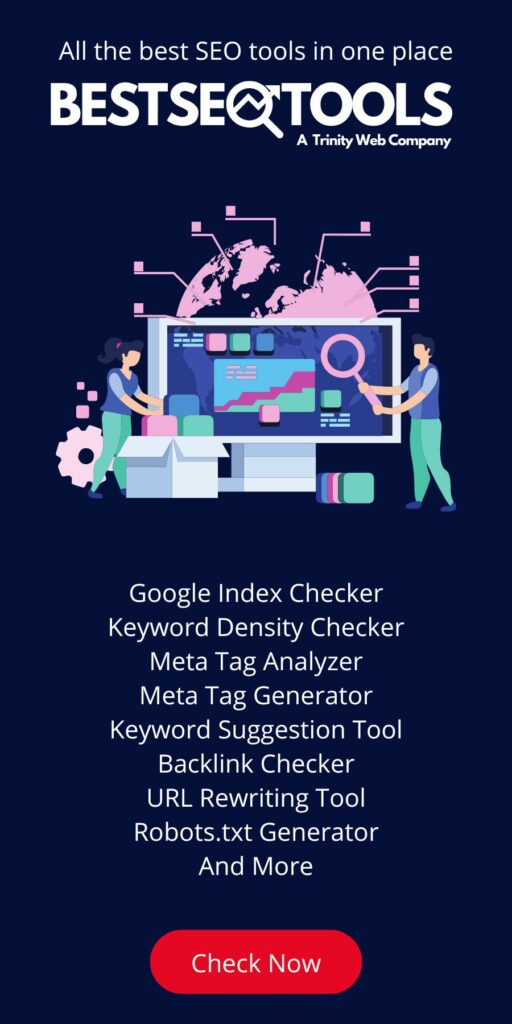Web application development has evolved rapidly in recent years, offering endless possibilities for businesses and individuals to create innovative digital solutions. Choosing the right technology and hosting platform is crucial for the success of any web application. In this comprehensive guide, we will delve into the world of web application development, comparing hosting options, containerisation tools, and evaluating the balance between price and value.
What Technology is Best for Hosting Web Applications?
When it comes to hosting web applications, selecting the right technology stack is paramount. The choice of technology depends on the specific needs of your application, including scalability, performance, security, and ease of management. Here are some popular technology stacks for web application hosting:
a. LAMP Stack (Linux, Apache, MySQL, PHP/Python/Perl)
- Ideal for small to medium-sized web applications.
- Well-established and easy to set up.
- Open-source and cost-effective.
b. MEAN/MERN Stack (MongoDB, Express.js, Angular/React, Node.js)
- Suitable for modern, real-time, and dynamic web applications.
- JavaScript-based stack for both frontend and backend development.
- Offers scalability and flexibility.
c. Serverless Architecture (AWS Lambda, Azure Functions, Google Cloud Functions)
- Perfect for microservices and event-driven applications.
- Pay-as-you-go pricing model.
- Simplifies infrastructure management.
d. JAMstack (JavaScript, APIs, Markup)
- A modern approach for building fast and secure web applications.
- Decouples frontend from backend, enhancing performance.
- Integrates seamlessly with various CMS and headless CMS options.
Digital Ocean vs Azure vs AWS vs Google Cloud: Hosting Showdown
Choosing the right cloud provider is a critical decision in web application development. Each major cloud platform has its strengths and weaknesses, so let’s compare Digital Ocean, Azure, AWS, and Google Cloud on various parameters:
a. Digital Ocean:
- Ideal for startups and small businesses with a tight budget.
- User-friendly interface and straightforward pricing.
- Excellent documentation and developer community support.
- Limited scalability compared to major cloud providers.
b. Azure (Microsoft Azure):
- Well-suited for enterprises with a focus on Microsoft technologies.
- Offers a wide range of services, including AI and IoT.
- Strong security and compliance features.
- May have a steeper learning curve for beginners.
c. AWS (Amazon Web Services):
- Dominates the cloud market and provides extensive services.
- High scalability and reliability.
- Extensive developer community and third-party integrations.
- Pricing can be complex, and costs can escalate without proper management.
d. Google Cloud:
- Known for its data analytics and machine learning capabilities.
- Strong emphasis on containerisation and Kubernetes.
- Competitive pricing and a growing ecosystem.
- May have fewer services compared to AWS and Azure.
Ultimately, the choice among these providers depends on your specific requirements, budget, and familiarity with their ecosystems. Consider conducting a thorough cost analysis and testing to determine which cloud platform aligns best with your web application development project.
Docker vs Kubernetes vs Vagrant: Containerisation Dilemma
Containerisation has revolutionised the way we deploy and manage web applications. Three prominent containerisation tools are Docker, Kubernetes, and Vagrant, each serving a distinct purpose:
a. Docker:
- Ideal for packaging applications and their dependencies into containers.
- Simplifies application deployment and ensures consistency across environments.
- Widely adopted in the industry for its ease of use and portability.
b. Kubernetes:
- Designed for orchestrating containerized applications at scale.
- Offers features for automatic scaling, load balancing, and self-healing.
- Suited for complex, multi-container, and microservices-based applications.
c. Vagrant:
- Primarily used for creating and managing development environments.
- Allows developers to create reproducible development environments.
- Great for testing and ensuring consistency between development and production.
The choice between these tools depends on your specific needs. Docker is an excellent choice for packaging applications, while Kubernetes excels at managing large-scale container deployments. Vagrant is indispensable for maintaining consistent development environments.
Price vs Value in Application Hosting
When it comes to hosting web applications, finding the right balance between price and value is crucial. While it’s tempting to opt for the most cost-effective solution, it’s equally important to consider the value you receive in return. Here are some key factors to weigh:
a. Cost-Efficiency:
- Assess the pricing models of hosting providers.
- Consider long-term costs and potential scalability.
- Look for discounts, reserved instances, or spot instances.
b. Performance:
- Evaluate the impact of hosting choice on application performance.
- Consider factors like CPU, memory, storage, and network speed.
- Optimize your application for better performance.
c. Security:
- Prioritize security measures and compliance requirements.
- Invest in firewall, encryption, and access controls.
- Regularly update and patch your application and infrastructure.
d. Support and Maintenance:
- Factor in the level of support offered by hosting providers.
- Assess the ease of maintenance and updates.
- Consider the availability of monitoring and troubleshooting tools.
e. Scalability:
- Plan for future growth and scalability needs.
- Ensure your hosting solution can handle traffic spikes.
- Implement autoscaling for improved efficiency.
In the world of web application development, making the right choices for technology, hosting, containerisation, and cost management can significantly impact your project’s success. Consider your specific needs, budget constraints, and long-term goals when making these critical decisions. Remember that technology is ever-evolving, so staying up-to-date with industry trends and best practices is essential for maintaining a competitive edge.
By weighing the pros and cons of different hosting providers, containerisation tools, and balancing price with value, you can ensure your web application thrives in the dynamic digital landscape.





